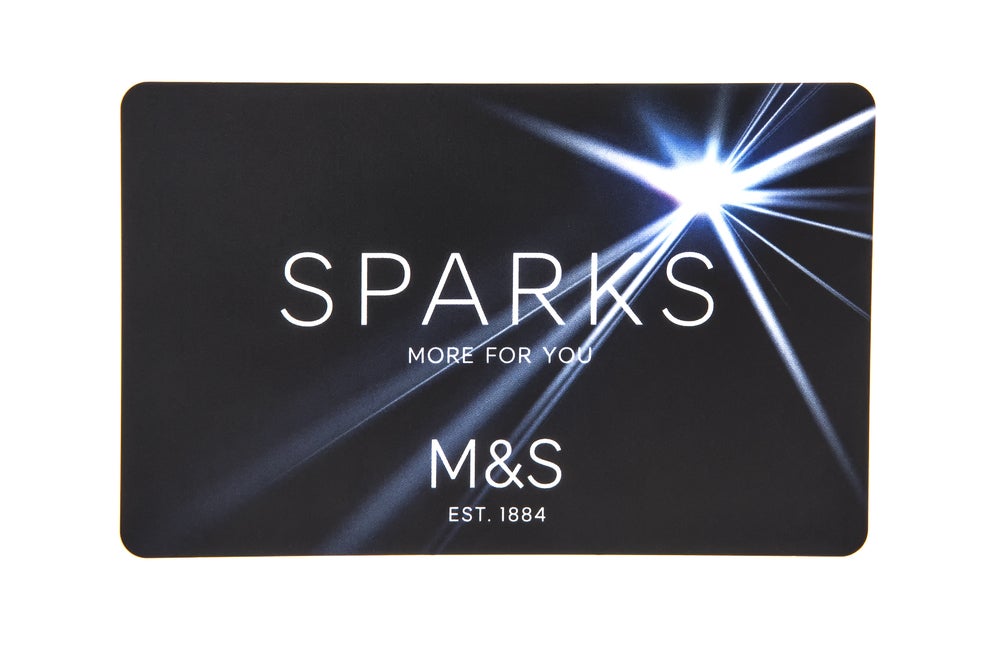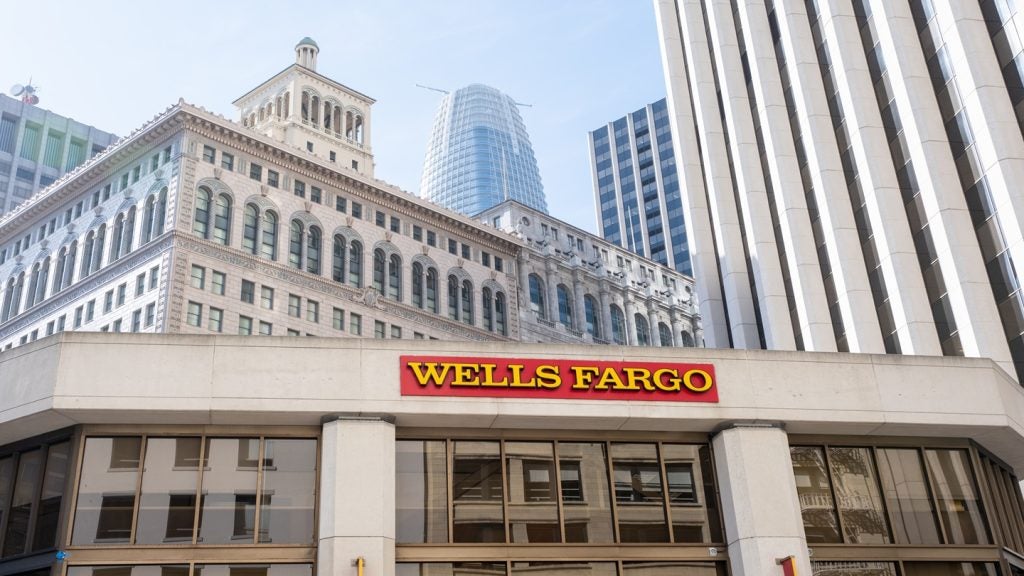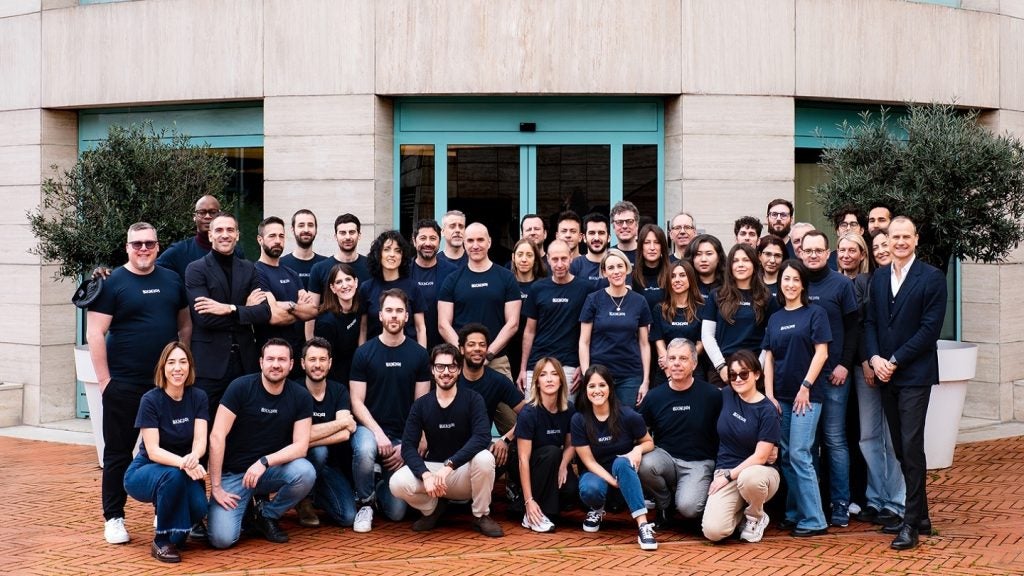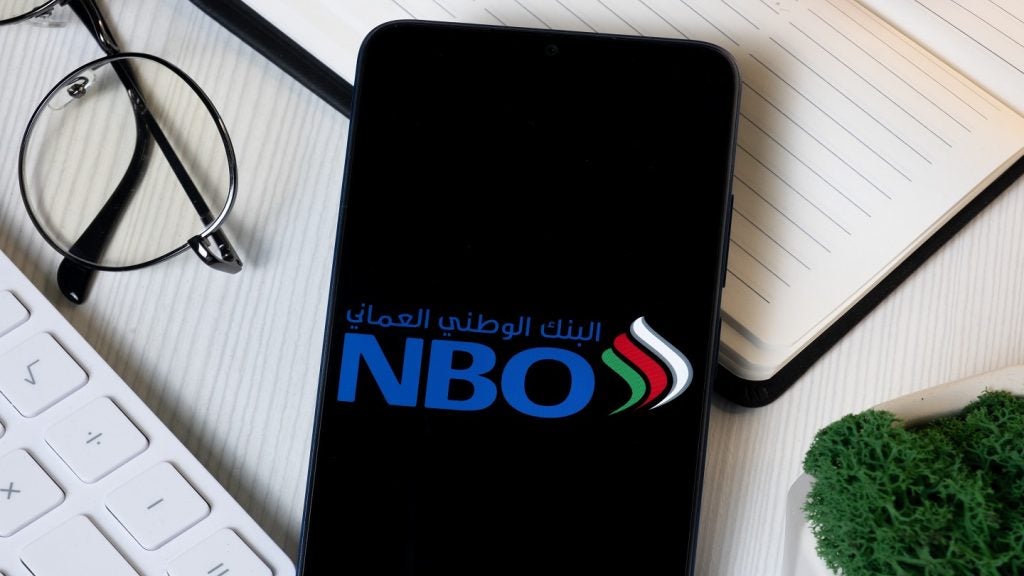By promoting loyalty rewards to capture UK customers, M&S would have a stronger chance of seeing its financial services and digital app succeed. M&S has extended its deal with HSBC for another seven years, reiterating its long-term commitment to its financial services customers. The aim is to focus on credit offerings, payments solutions, and connecting customers’ shopping experiences through a super-app.
It was not long ago that the appeal of retailers’ readymade in-store branch networks attracted UK customers. However, this aspect has become far less relevant as digital technology continues to advance.
Digital-only banks such as Monzo and Starling have become aggressive challengers, poaching customers through the promotion of their digital services and attractive product offerings. Additionally, stricter onboarding regulations imposed on retailers by the Financial Conduct Authority have also increased consumer preference towards digital banks, making it hard for retailers to see substantial profits. Some of the UK’s largest supermarkets (such as Sainsbury’s and Tesco) have recently decided to exit the UK banking market, citing the need to focus on their food businesses and restrict financial liabilities where possible.
M&S successful ‘Reshaping’ strategy
In contrast, M&S is looking to continue its presence in the banking sector, which can be seen as a key aspect of the retailer’s ‘Reshaping’ strategy. The retailer has proven itself financially in the last 12 months, with investors rewarding the company with an almost 70% rise in share price from March 2023 to March 2024, greatly outpacing its competitors. Moreover, M&S’s positive turnarounds in its clothing and food businesses make efforts to expand its banking services seem more attainable.
GlobalData’s Retailer Shopper Profile Analytics shows that over 50% of M&S’s customers are over the age of 55. Although this audience is less likely to see the initial appeal of a super-app, it is still a key demographic for the retailer, with many over 55s becoming increasingly digital.
Additionally, M&S should also want to attract and gain wider relevance among other generations if it seeks greater long-term traction with its app. A key functionality that M&S should use to attract customers is its credit card loyalty reward offerings. The app is set to encompass the current Sparks loyalty program as well as offer additional rewards to credit card customers. It is here M&S should use discount savings and cashback rewards via the app to boost customer spending and satisfaction.
GlobalData Consumer Profile Analytics
According to GlobalData’s Consumer Profile Analytics, loyalty rewards have a 58% net satisfaction rate among UK customers—the lowest of all banking services. Considering loyalty rewards are the top credit card driver, many banks in the UK are not successfully addressing this metric, which leaves a gap for M&S to capitalise on.
For example, ING’s own-brand shopping platform DealWise is seeing great success via its cashback reward scheme, growing from 200,000 users in 2021 to 1.6 million users in 2023. If M&S can replicate similar customer-centric approaches and successfully integrate its Sparks reward scheme with its credit card services, there is a good opportunity for the app to stick among existing Sparks customers as well as attract new ones. Heavily promoting the personalisation aspects and seamlessness of accessing their loyalty rewards will also help M&S acquire customers, consequently boosting app engagement.
Overall, if M&S can boost sign-ups through at least one of its banking functionalities, like its loyalty rewards, the retailer would have a greater chance of expanding its customer base. This in turn would increase the likelihood of seeing its app succeed, as well as making its financial services business profitable.
Phoebe Hodgson is an Associate Analyst, Banking and Payments at GlobalData








